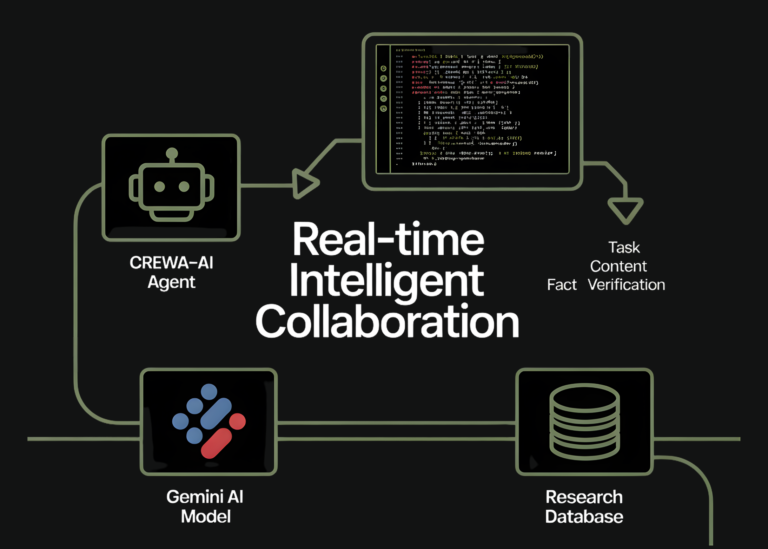AI Tools for Generating Synthetic Text in NLP Training: A Comprehensive Overview
Introduction
Natural Language Processing (NLP) has revolutionized how machines understand and interact with human language, powering everything from chatbots to language translation systems. However, the success of NLP models hinges on the quality and quantity of training data. Real-world data, while invaluable, often faces challenges such as scarcity, bias, or privacy constraints. Enter synthetic text: artificially generated data that mimics human language patterns, offering a solution to these limitations. In this article, we explore the role of AI tools in creating synthetic text for NLP training, their benefits, challenges, and practical applications.
What is Synthetic Text?
Synthetic text refers to artificially generated content crafted by AI to replicate the structure, style, and semantics of real human language. It is created using machine learning models trained on vast datasets of existing text. These models learn linguistic patterns and can generate new, coherent text that is indistinguishable from human-written content. Synthetic text serves as a valuable supplement or alternative when real data is insufficient, expensive, or ethically problematic.
AI Tools for Synthetic Text Generation
Various AI tools and platforms now enable the creation of synthetic text, each with unique strengths and applications. Here are some prominent ones:
-
Transformer-Based Models
- GPT-3/GPT-4 (OpenAI): These large language models (LLMs) generate high-quality text using advanced transformer architectures. By inputting prompts, users can produce paragraphs, stories, or even code, making them ideal for creating diverse datasets.
- BERT (Google): While primarily designed for understanding context, BERT can be adapted for text generation tasks like fill-in-the-blank or paraphrasing.
- T5 (Google): A versatile text-to-text model that excels in generating content for text classification, summarization, and translation.
-
Open-Source Alternatives
- GPT-Neo and GPT-J (EleutherAI): These open-source models mirror the capabilities of GPT-3, offering flexibility for developers to fine-tune and generate domain-specific text.
- Hugging Face Transformers: Provides access to a wide array of pre-trained models (e.g., GPT, BERT) and libraries for custom text generation, enabling tailored synthetic data creation.
- Specialized Platforms
- Textio & Copy.ai: Commercial tools designed for generating marketing copy, technical documentation, or customer service responses. They are user-friendly and suitable for non-technical users.
- Prodigy (Explosion AI): A platform that combines human-in-the-loop workflows with AI-generated text for data annotation tasks.
- AI Dungeon: Uses AI to generate narrative text, useful for creative writing or training models on storytelling data.
Benefits of Synthetic Text for NLP Training
- Data Augmentation: Synthetic text allows for expanding datasets, which is critical for training robust models, especially in low-resource scenarios.
- Cost-Effectiveness: Reduces the need for expensive data collection and labeling processes.
- Privacy Preservation: Enables the creation of anonymized datasets, mitigating risks of exposing sensitive information.
- Control Over Diversity: Users can generate text across multiple domains, languages, or styles, ensuring balanced training data.
- Simulation of Rare Events: Helps models learn from edge cases or rare scenarios that might be underrepresented in real data.
Challenges and Considerations
Despite its advantages, synthetic text generation is not without hurdles:
- Quality Variability: Generated text may lack nuance, contain factual inaccuracies, or exhibit grammatical errors.
- Bias Propagation: Models trained on biased data can perpetuate or amplify these biases in synthetic outputs.
- Ethical Risks: Misuse could lead to the creation of harmful content (e.g., fake news or inappropriate text).
- Domain Specificity: General-purpose models may struggle to generate text for niche topics without fine-tuning.
- Evaluation Complexity: Assessing the quality of synthetic data requires metrics like BLEU, ROUGE, or human-in-the-loop validation.
Applications and Use Cases
Synthetic text is widely applied in NLP training:
- Low-Resource Languages: Generating text for languages with limited data, such as Swahili or Icelandic, to improve model performance.
- Custom Domains: Creating datasets for specialized fields like legal jargon, medical terminology, or technical manuals.
- Data Privacy Compliance: Producing synthetic customer service logs or healthcare records for training without violating privacy laws.
- Model Testing: Designing benchmarks or stress-testing models with varied scenarios (e.g., sarcasm, slang, or complex queries).
- Training for Edge Cases: Simulating rare events (e.g., ambiguous queries or non-standard phrasing) to enhance model resilience.
Best Practices for Implementation
To maximize the value of synthetic text:
- Blend with Real Data: Combine synthetic and real data to avoid overfitting and ensure real-world relevance.
- Post-Processing: Use filters or human review to correct errors, remove duplicates, or refine outputs.
- Domain Fine-Tuning: Adapt models to specific industries or languages for more accurate results.
- Bias Mitigation: Regularly audit synthetic data for biases and employ diverse training sources.
- Validation Protocols: Deploy rigorous evaluation methods to ensure generated text aligns with intended use cases.
Future Trends
The landscape of synthetic text generation is evolving rapidly:
- Improved Control: Emerging tools offer greater customization, allowing users to specify tone, style, or content.
- Ethical AI: Increased focus on developing tools that generate safe, bias-free text.
- Hybrid Approaches: Combining rule-based systems with AI for more precise and controllable outputs.
- Decentralized Solutions: Open-source frameworks like Llama (Meta) and Mistral (Mistral AI) democratizing access to high-quality text generation.
Conclusion
Synthetic text generation is a game-changer for NLP training, addressing data limitations while opening new avenues for innovation. However, its success depends on judicious use, combining it with real-world data and adhering to ethical guidelines. As AI tools become more sophisticated, their role in enhancing NLP models will only grow, paving the way for more accurate, inclusive, and adaptable language systems. By understanding the capabilities and constraints of these tools, developers can harness their potential to drive meaningful advancements in the field.







